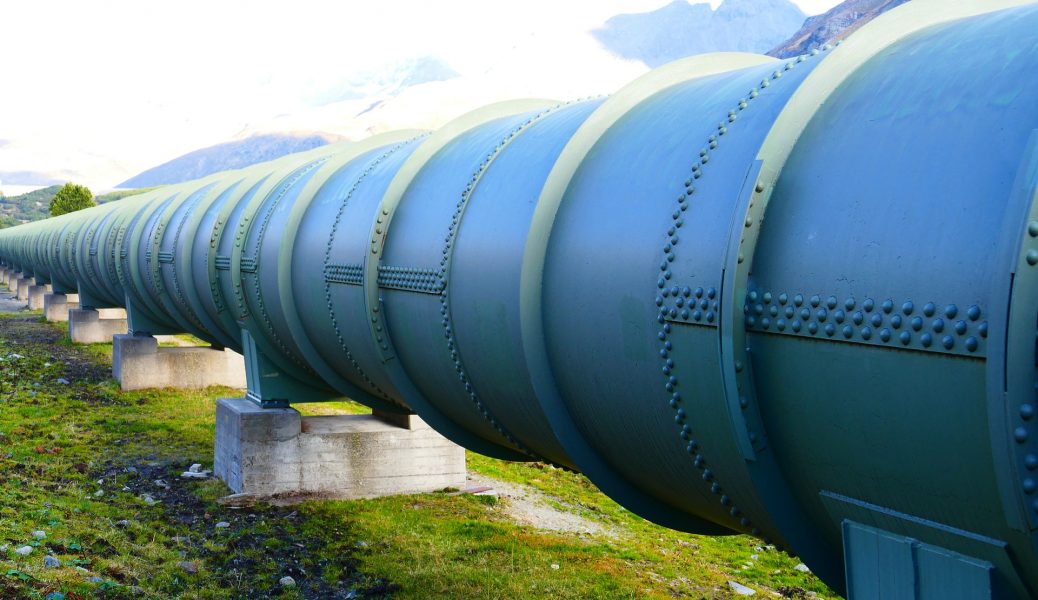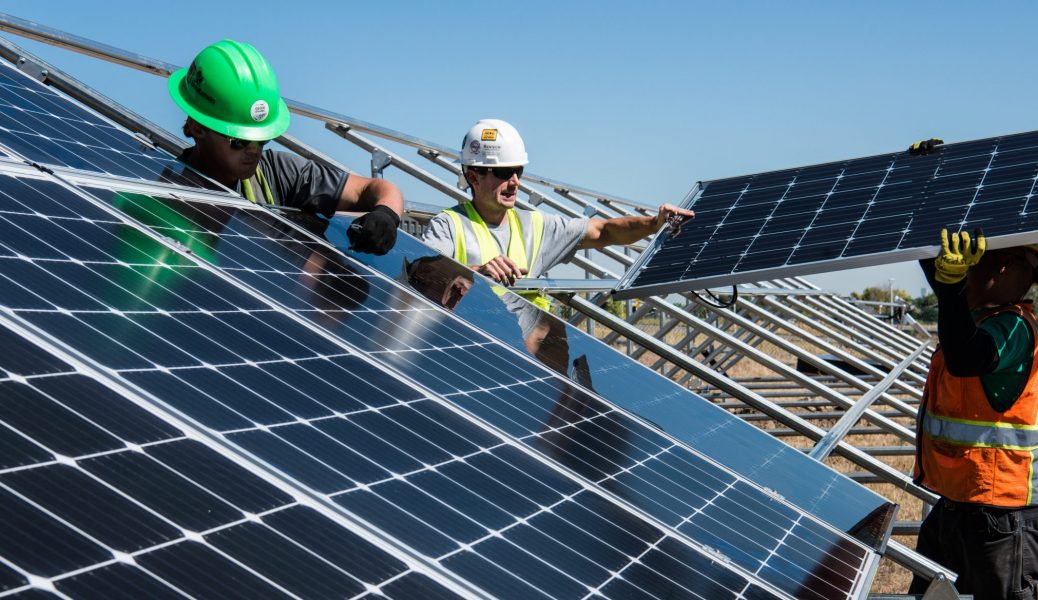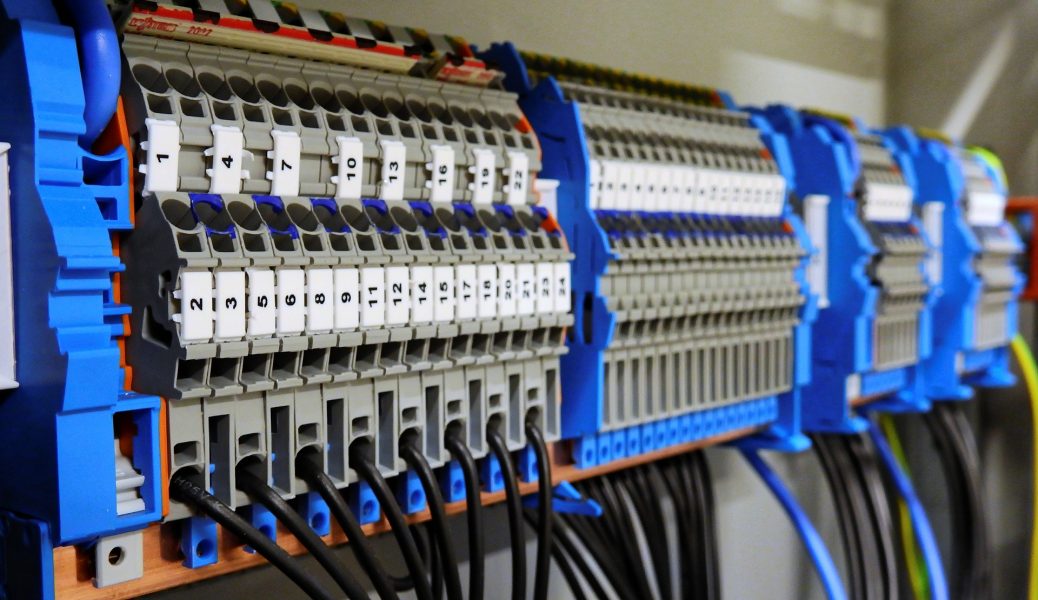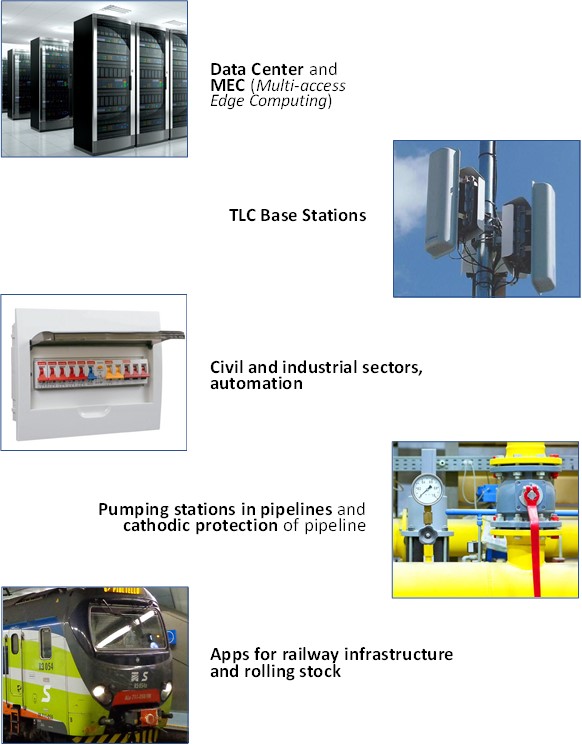Table of content






Relevance of Power Quality

Low power quality means:
- Interruption of service
- Failures, damages, aging of sensitive components: inverters / UPS, IGBTs, capacitors, inductance insulations, …
- Replacement and maintenance costs
- Decrease in service life
- Lower performances
Diffusion and integration of electronic devices makes every plant or device much more sensitive to the quality of power supply. Low quality power supply, with variations, surges, disturbances, direct and indirect lightning strikes, degrades connected devices
The new Technology: ProtecTOR
ProtecTOR is an innovative active power electronic solution which integrates the functions of current discharger with those of high-energy voltage regulator:

Full protection from overvoltage disturbances to downstream connected loads.
Patended and trade-mark register
A change of paradigm in protection operation

The new technology:
1. Performs constant electronic voltage monitoring
2. When the voltage waveform exceeds programmed ranges, protection is activated …
3.… limiting and regulating voltage with extreme precision even at high energy levels as well as discharging over current, at the same instant
4. Perform self-diagnosis and communicates operating status, aging (optional), grid power quality (to be developed)
Comparative between ProtecTOR and Varistor
Example referred to a varistor of a primary international player: 5kA, 230V, single phase:

* Class I devices need protection within 750V to guarantee integrity (IEC 61140 Standards, taking into account wiring and medium distance from energy source)
Varistor reference of a primary international player:
Voltage protection level Ures at 5kA (L-N / L-PE) = kV 1,1 / 1,1 – Test Class T2
- ProtecTOR is a voltage regulator as well as a current discharger.
ProtecTOR guarantees the voltage within defined and programmed limits on the basis of the load specifications.
- Varistor is a current discharger that limits voltage within variable thresholds depending on the input current.
This imposes (see example):
a) much higher voltage threshold values;
b) impossibility to define a certain limit of voltage to the loads.
The consequence is a low quality of protection.
Applications...
- ICT Automation, Industrial automation, TLC & Broadcasting, City Underground and Railways, Refrigeration & Storage, Public Illumination, Smart Grids, Pipelines
- Systems that require critical power, especially if remotely located and subject to power spikes such as industrial environments
- Currently installed in the Data Center of the Operation Center of a major subway in Far East, TelCo base stations (Italy), automation (inverter/UPS protection) (Russia), pumping stations (Italy) and railways systems (Europe)

...and cases

Power electronics for a technological leap in Surge Protective Devices
ProtecTOR is an active protection in power electronics which is activated when the electric waveform in input exceeds the programmed ranges, blocking both overcurrent and overvoltage.
Many issues indicate protection needs are no longer simply passive: a) the certainty of the actual state of protection; b) the possibility of not only discharging excess current, but also blocking the voltage within objective limits, moving beyond traditional technologies and their “variable cut off” of voltage levels, as a function of the intensity of the input overcurrent; c) the need to cut costs of replacing, maintenance and out of service; d) remote digital information that drives maintenance and improving programs.
The active solution ProtecTOR introduces a technological leap in power systems quality, keeping monitored the electric waveform in input, activating protection when the electric waveform exceeds programmed range (programmed on the specific needs), discharging over current as well as limiting and regulating voltage, at the same instant. The blocking action occurs simultaneously in terms of current absorber and voltage regulator, definitively protecting the structures and investments of the Base Station.
As a result, Protector makes available a highly reliable voltage, a very high quality of power supply, huge reductions in out of service and maintenance costs, availability of information on the state of protection.
